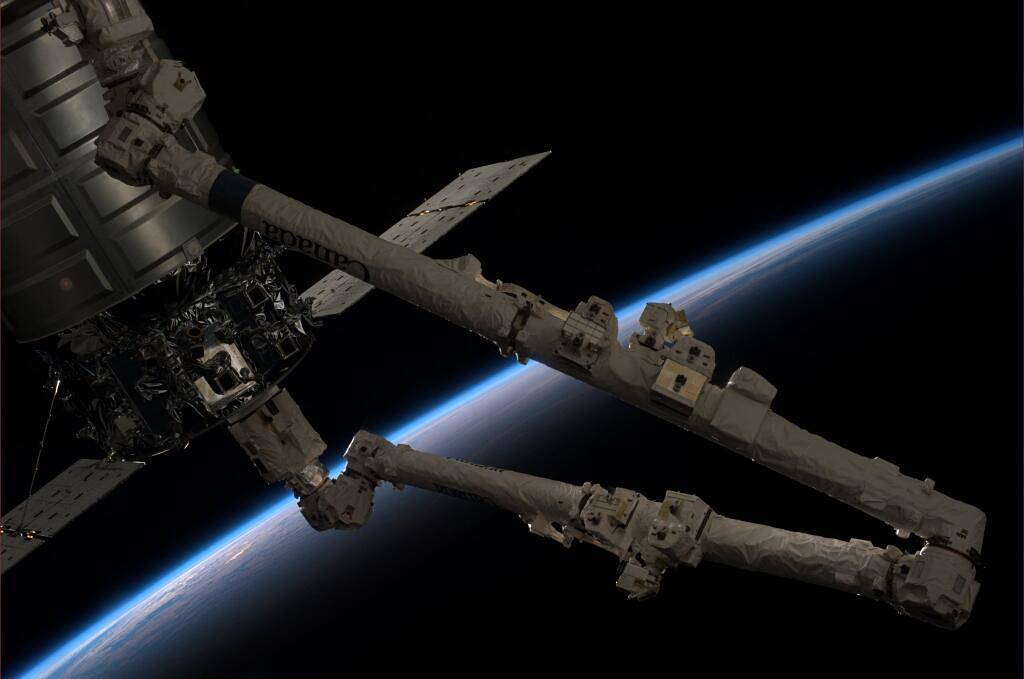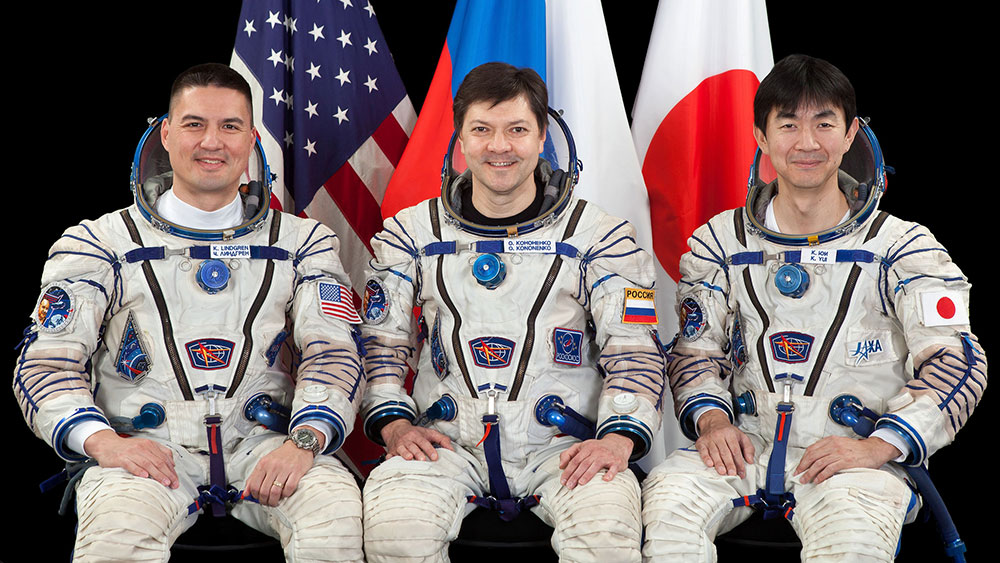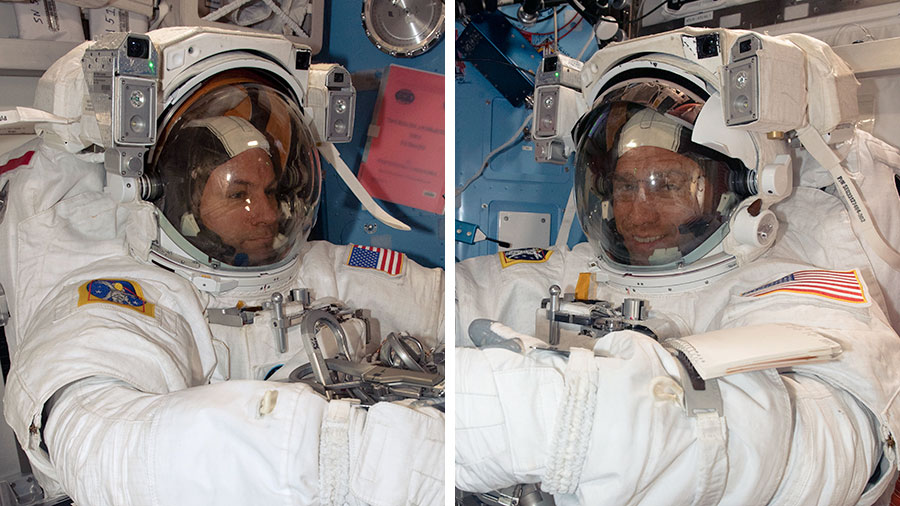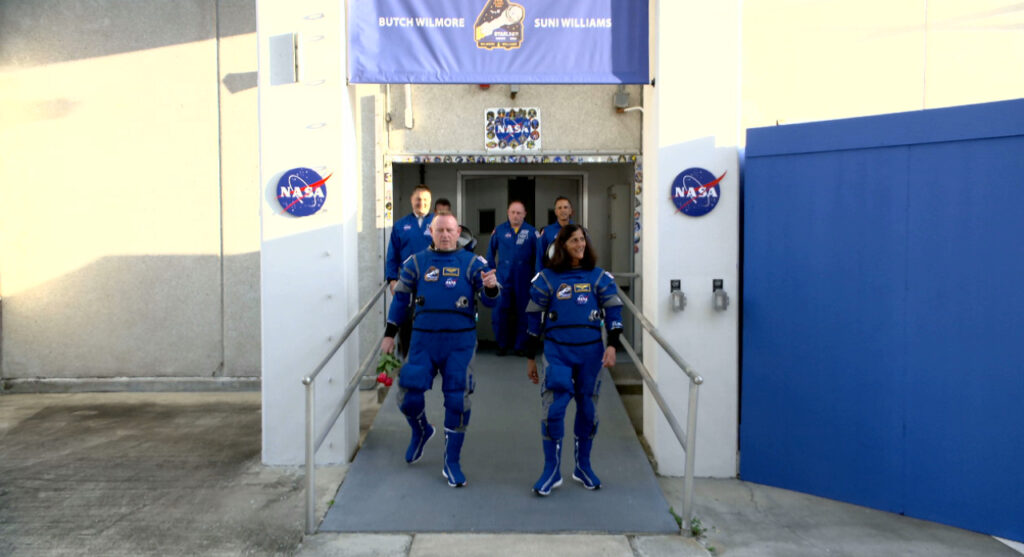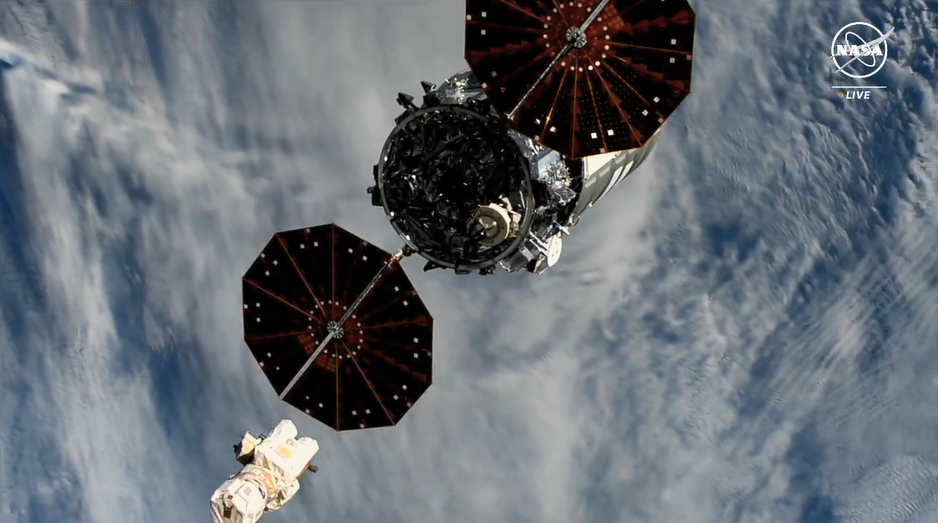
At 7:01 a.m. EDT, the S.S. Patricia “Patty” Hilliard Robertson Northrop Grumman Cygnus spacecraft was released from the Canadarm2 robotic arm which earlier detached Cygnus from the Earth-facing port of the International Space Station’s Unity module. At the time of release, the station was flying about 260 miles over the South Atlantic Ocean.
The Cygnus spacecraft successfully departed the space station more than five and a half months after arriving at the microgravity laboratory to deliver about 8,200 pounds of supplies, scientific investigations, commercial products, hardware, and other cargo for NASA.
Up next, the Kentucky Re-entry Probe Experiment-2 (KREPE-2), stowed inside Cygnus, will take measurements to demonstrate a thermal protection system for spacecraft and their contents during re-entry in Earth’s atmosphere, which can be difficult to replicate in ground simulations.
Following a deorbit engine firing on Saturday, July 13, Cygnus will begin a planned destructive re-entry, in which the spacecraft – filled with trash packed by the station crew – will safely burn up in Earth’s atmosphere.
Cygnus arrived at the space station Feb. 1, following a launch on a SpaceX Falcon 9 rocket from Space Launch Complex 40 at Cape Canaveral Space Force Station in Florida. It was the company’s 20th commercial resupply services mission to the space station for NASA. The spacecraft is named the S.S. Patricia “Patty” Hilliard Robertson in honor of the former NASA astronaut.
Learn more about station activities by following the space station blog, @space_station and @ISS_Research on X, as well as the ISS Facebook and ISS Instagram accounts.
Get weekly updates from NASA Johnson Space Center at: https://roundupreads.jsc.nasa.gov/
Get the latest from NASA delivered every week. Subscribe here: www.nasa.gov/subscribe

